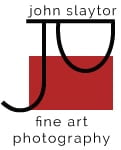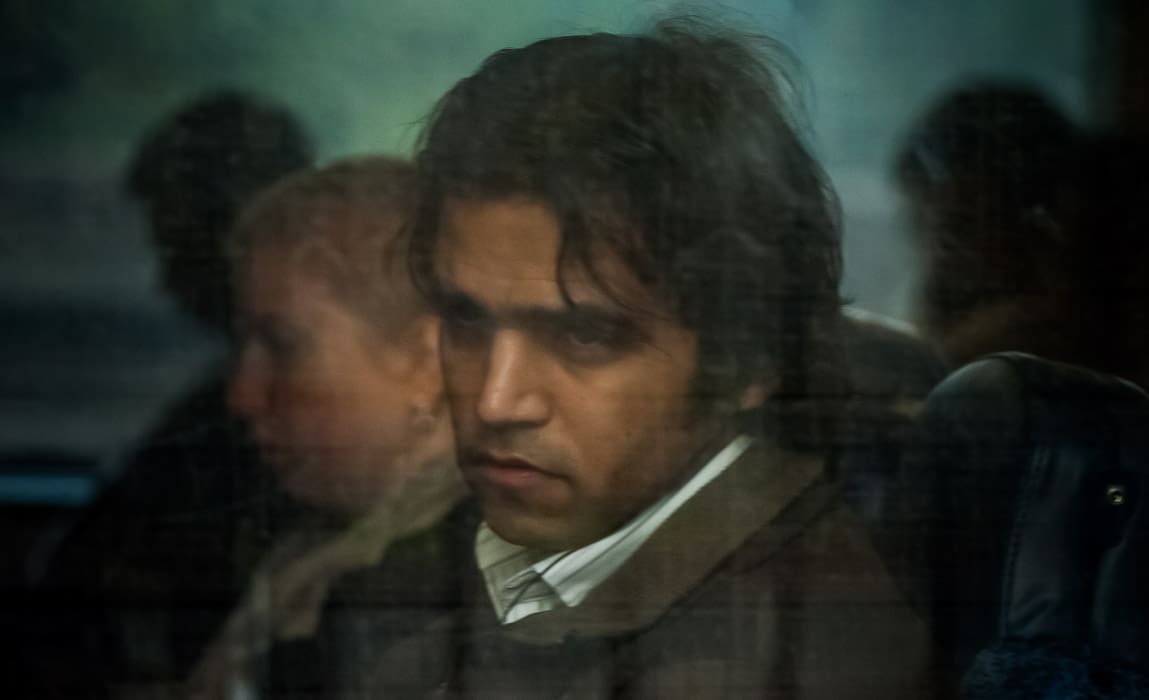Thoughts behind my forthcoming exhibition, Lost In Transit, part of HeadOn Photo Festival
In June 2011 I embarked on a three-month photography project that sought to marry numerous ideas I had been mulling over for a while.
Firstly, I wanted a project that was local. One can now go on organised photographic tours of whatever picks your fancy: Buddhist monasteries in Laos, Silverback Gorillas in Rwanda, whatever you want to photograph, you can, and that seems silly to me, the idea of playing at being a National Geographic photographer for a few weeks.
I knew that my local environment could be as interesting as anywhere else, I just had to look beyond its surface. I also didn’t want the excuse of not being able to photograph because I couldn’t afford to go where I needed to work. Then there was the green footprint argument. All these photographers flying to Antarctica to show us images of the poles melting who then justify their heavy carbon footprint as the price of public consciousness. So, the bottom of my street began beckoning me.
Secondly, I wanted a project that capitalised on recent technological advances in digital imaging. My Nikon D700 camera is capable of shooting at 12,000 iso and this is extraordinary. An obvious application of this technology is night-time shooting but this didn’t appeal. I wanted to photograph in the day something that couldn’t be seen without a very high iso. Another way of considering this is my view that everything under the sun has been photographed with cameras using conventional technology so when new technology is available, there is the possibility of capturing hitherto unseen worlds.
Thirdly, in 2009 I saw Shoah, Claude Lanzmann’s sobering masterpiece about the holocaust in WWII and since then I’ve thought of trains hoovering up lives, eyewitnesses seeing the trains, knowing their destination yet powerless to alter the trains’ course. The train tracks at the bottom of my street began beckoning me.
And so I went to the bottom of my street each weekday morning with my Nikon D700 camera and a 105mm 2.8 lens and discovered a new world. Over the following weeks, the project’s theme became apparent, eloquently summed up in a commencement speech given by David Foster Wallace in 2005:
<blockquote> The really important kind of freedom involves attention, and awareness, and discipline, and effort, and being able truly to care about other people and to sacrifice for them, over and over, in myriad petty little unsexy ways, every day. That is real freedom. The alternative is unconsciousness, the default-setting, the “rat race” — the constant gnawing sense of having had and lost some infinite thing.</blockquote>
There seemed to be a sense of loss in the commuters’ faces and so the project became more and more important to me. I started to feel that the portraits mirror the true state of our society since the subjects were not posing for me or for themselves. The portraits, which are not confined to any one ethnic, gender, social or age group, show the universality of our despair and I hope that my images will do their small part in making our society accept that despair is not confined to a few individuals but is endemic and through this acceptance, change our society’s values.
The incredibly high isos, generally 12,000 iso, meant the images are more like paintings than photos since the digital noise gives them grain. The train lighting was also poor and shooting though train windows which were often dirty, graffitied or scratched also contribute to the painterly feel. Finally, it was necessary to prefocus as the trains were moving up to 40km/h and if the commuter was sitting further away or hard up against the window, then the focussing wouldn’t be at maximum sharpness.
I could have used any photographic imperfection to reject an image. Instead, maybe thinking of Saul Leiter’s ,Early Color I chose images on their impression/feel: I am also so bored by sterile perfection,I loathe images so perfect they are impenetrable.



Leave a Reply